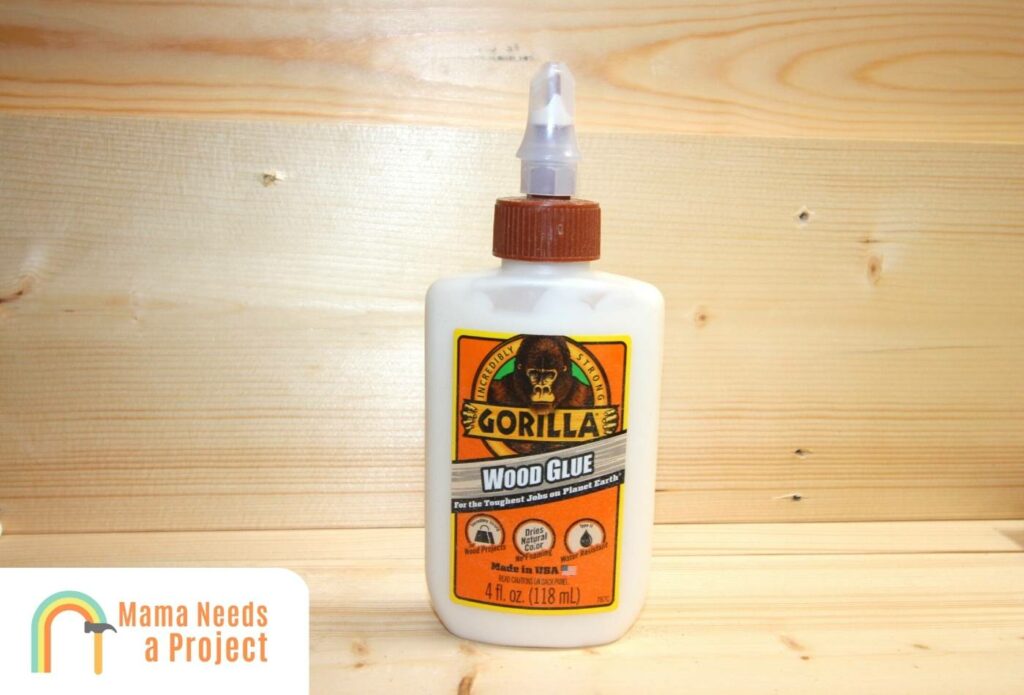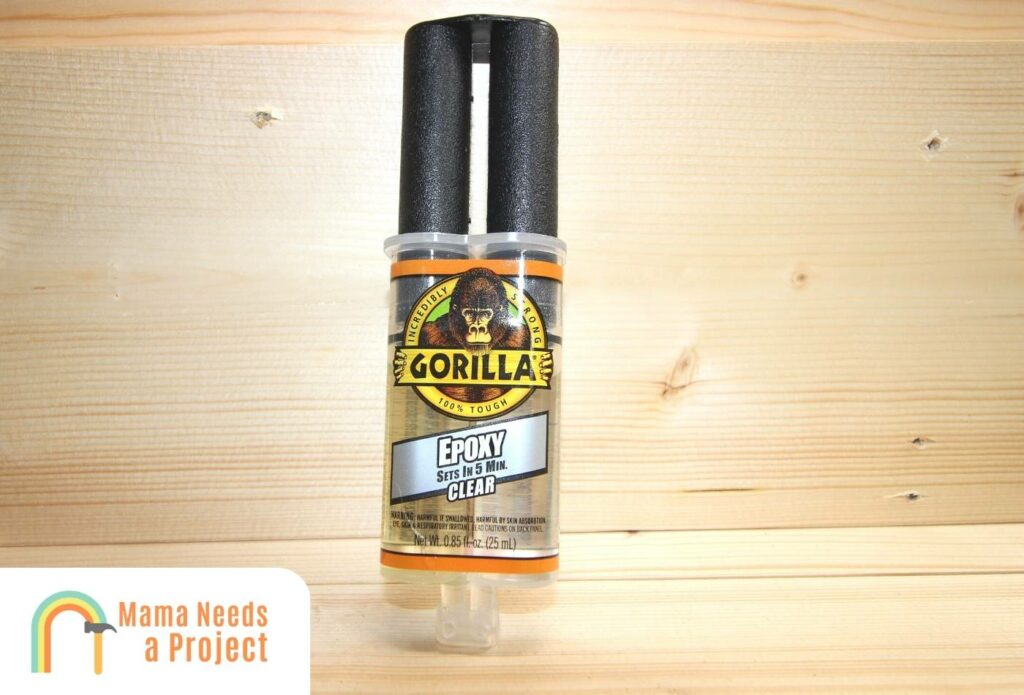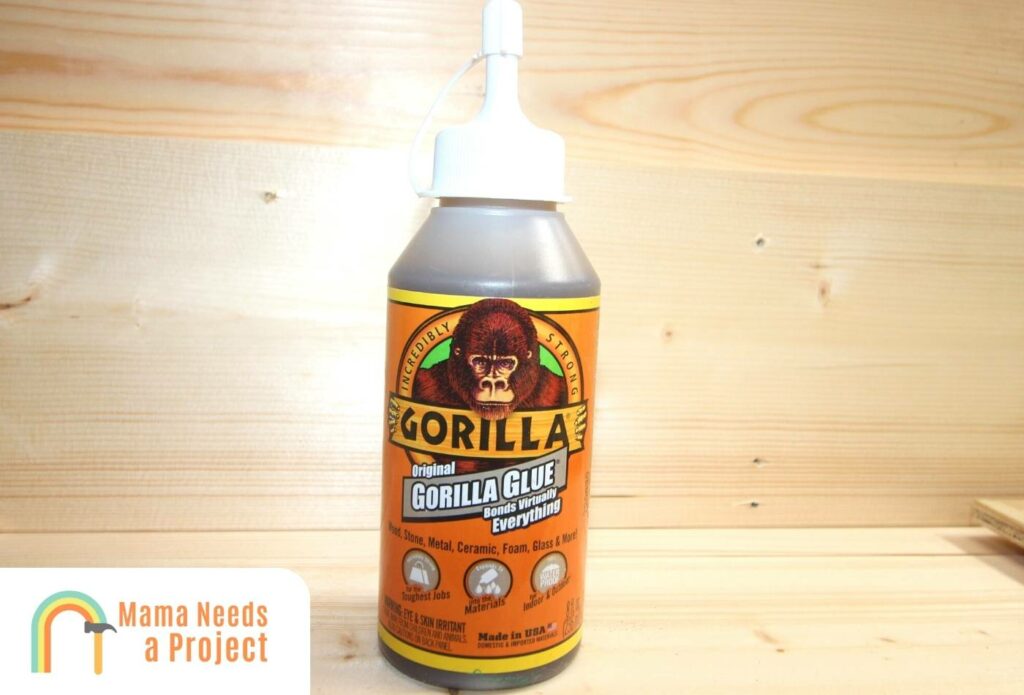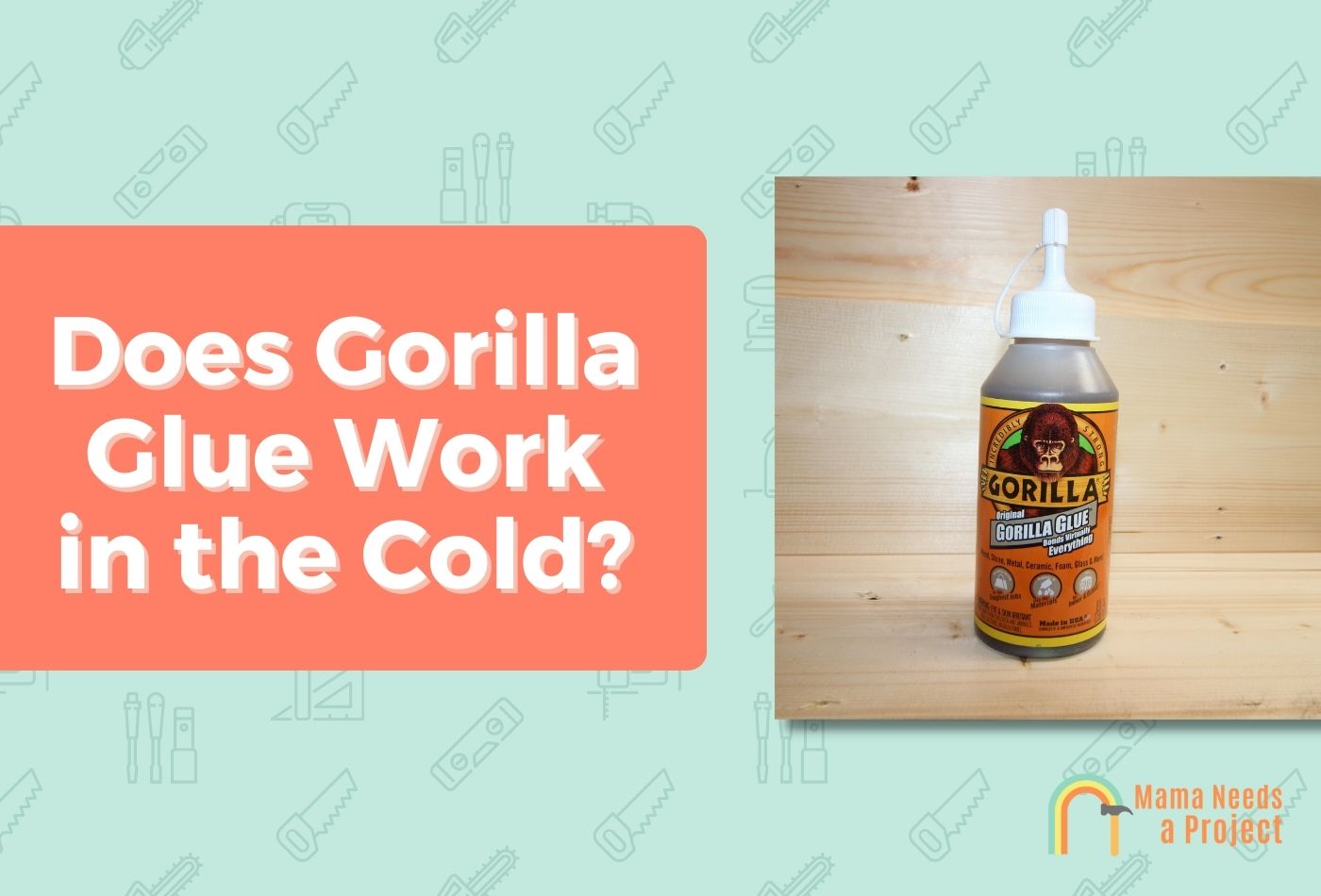Does Gorilla Glue Work in the Cold? (Quick Answer!)
Gorilla glue is one of the best adhesives around and has a wide range of uses. From school projects to home renovations and craft repairs, there isn’t a whole lot that gorilla glue can’t do.
Depending on where you live, however, one of the top questions that people have regarding gorilla glue has to do with how effective it is in cold weather. Most adhesives are not as effective in extreme temperatures, whether it be hot or cold, which begs the question of whether or not gorilla glue is one of the few adhesives that can work in cold weather.
In this guide, I’ll answer the question, “does gorilla glue work in the cold?” and much more. Let’s dig in!
- Some Gorilla Glues will require the temperature to be at least 40 degrees at time of application while others will require it to be 0 degrees.
- You should always check the container to be sure about the proper application conditions.
Why Does Cold Weather Affect Adhesives?
The science behind how cold weather affects gorilla glue and other adhesives is quite interesting. In its natural state, gorilla glue is liquid and neither thick nor overly thin. However, as temperatures drop and it gets colder, the glue becomes more viscous or thick.
As a general rule, the more viscous glue is, the longer it takes to dry and cure. Therefore, because cold temperatures make glue thicker, it takes longer to dry, and it won’t always adhere properly. Additionally, cold weather can turn glue from a soft liquid into a hard, brittle material that’s prone to cracking, even after application.
So, Does Gorilla Glue Work in Cold Temperatures?

As with all types of glue, gorilla glue has limitations in regard to its effectiveness in the cold. However, because of how it’s made and because there are many different types of gorilla glue, you can certainly find one that works well in the cold.
In general, however, most gorilla glues can get applied in temperatures as cold as 0 degrees, while others require a minimum temperature of 40 degrees. It all depends on the type of gorilla glue you use.
Therefore, it’s important to read the directions and technical specs listed on your gorilla glue so that you know the best operating and application temperature. That way, you can pick the right type of glue for your needs and situation.
Will Gorilla Glue Be Weaker When It’s Cold?

While there may be certain temperature restrictions when it comes to applying gorilla, no amount of cold weather can cause gorilla glue to lose its bond after it has cured. Gorilla glue will stay as strong and resilient as the day you applied it, regardless of how cold it gets.
The contents of the glue allow it to remain flexible, crack-free, and strong, despite cold temperatures. For this reason, gorilla glue is superior to most other types of glue because of its ingredients and chemical design.
How to Use Gorilla Glue in Cold Weather Conditions
While gorilla glue has the ability to be just as effective in cold temperatures as in warm ones, you still have to do your part to ensure it bonds and cures properly.
1. Keep the Glue Warm Before Application
The ambient and surface temperature of your project might be out of your control, but the temperature of the glue is not. To ensure the gorilla glue is ready to apply, it’s best to keep the container in your pocket or in a heated area so it stays nice and warm.
Cold glue is extremely difficult to squeeze out of its container and apply evenly to surfaces. Additionally, cold glue cures slower than warm glue, which will slow down your project.
2. Prepare the Surface For the Glue
As you’re keeping the glue warm and safe in your pocket, take some time to properly prepare the surface to which you plan on applying the glue. The surface should be clean and dry, and the smoother it is, the better.
3. Take the Proper Precautions
Before you start actually applying the glue, take the proper safety precautions. Gorilla glue is a very sticky, volatile substance that can damage your skin if the two come into contact. Therefore, it’s always best to wear gloves when working with it.
4. Apply Glue
With your gloves on and the glue ready to go, apply it to the now clean, dry surface. You can use as much glue as you want, but keep in mind that the more glue you use, the longer it will take to dry.
After applying the glue, press the two surfaces together and hold them in place so the glue has some time to settle. Wipe away any excess glue that squeezes out the sides to avoid a sticky mess.
Additionally, because gorilla glue has a fairly fast drying time, it’s important to use it quickly after you squeeze it out. Otherwise, it will start to dry before you can even use it and lose some of its bond strength.
Does Cold Weather Affect Glue Drying Time?
At room temperature, gorilla glue has a fairly fast drying time in comparison to other glues. When it’s cold, gorilla glue’s drying time is even faster because of how viscous it is.
How quickly gorilla glue bonds in cold weather, on the other hand, is a different matter. Cold weather typically has some amount of moisture in the air, which can slow bonding time significantly.
You see, moisture can break apart the molecules inside of the glue that helps it bond to surfaces. As a result, although drying time is faster in the cold, bonding time is slower.
How to Speed Up the Bonding Process
While there’s no need to speed up the drying process of gorilla glue in cold weather, it is helpful to speed up the binding process, and here’s how to do it.
- The best way to ensure a fast bond and cure time is to follow the instructions above related to applying gorilla glue in cold temperatures – keep the glue warm and clean and dry the surface.
- To further speed up the curing process, use a hair dryer or heater to blow warm air on the application surface.
- After applying the glue and pressing your pieces together, continue applying heat with a hair dryer or heater.
- By keeping the surfaces warm but avoiding extreme heat, your glue will cure faster than it otherwise would.
Other Factors That Affect Gorilla Glue Performance
In addition to how hot or cold it is, there are other things that impact gorilla glue drying time, curing time, and overall performance.
Moisture
Moisture is one of your biggest enemies when it comes to gorilla glue. If there is any amount of moisture in the air or on your application surface, it will slow drying and curing time.
Heat
In the same way that extreme cold can hinder gorilla glue, so too can extreme heat. Room temperatures ranging from 60 to 80 degrees are ideal for gorilla glue.
Cleanliness of the Surface
As we said before, the cleaner the surfaces to which you’re applying gorilla glue, the faster the glue will dry and cure.
Type of Surface
While gorilla glue can adhere to almost any surface, there are certain limitations. Here are the most common surfaces on which you can use gorilla glue.
- Wood
- Metal
- Glass
- Ceramic
- Concrete
- Stone
- Brick
- Foam
The TYPE of Gorilla Glue You Use
In addition to each of these factors, the type of gorilla glue you use will affect how well it works in cold temperatures. Here are a few specifications and temperature requirements to consider when choosing your gorilla glue.
Clear Gorilla Glue
Clear gorilla glue has a minimum application temperature of 32 degrees and an operating temperature of negative 20 degrees.
Clear Gorilla Glue Micro Precise
Clear gorilla glue micro precise has a minimum application temperature of 32 degrees and an operating temperature of negative 20 degrees.
Original Gorilla Glue

Original gorilla glue should be applied at a minimum temperature of 40 degrees and remain in an environment that doesn’t fall below that temperature.
White Gorilla Glue
White gorilla glue has a minimum application temperature of 40 degrees but can hold at temperatures as low as negative 40 degrees.
Gorilla Super Glue
Gorilla super glue has the most interesting application requirements. Ideally, it should get applied at room temperature. When it’s set, however, it can hold at temperatures as low as negative 65 degrees.
Gorilla Super Glue Gel
As with super glue, Gorilla super glue gel is best when applied at room temperature but can hold its bond at temperatures as low as negative 65 degrees.
Based on these specifications and the minimum temperature requirements, it’s important to choose the right product from the Gorilla Glue Company.
Here’s a great video explaining tips on using gorilla glue.
FAQs
What glue works best in cold weather?
Aside from gorilla glue, Titebond III is the best glue to use in cold weather.
What temperature does Gorilla Glue work?
In general, gorilla glue works best when you apply it at room temperature. However, depending on the type of gorilla glue you have, you can apply it in temperatures ranging from 0 to 100+.
Will Gorilla Glue freeze?
After you apply gorilla glue, it will not freeze. Before you apply it, however, if you let moisture enter your bottle, it’s possible for gorilla glue to thicken and freeze.
Final Thoughts
Although gorilla glue works best in moderate temperatures of 60 to 80 degrees, it’s one of the few types of glue that works well in the cold.
However, it’s important to read the specifications for your exact glue and to make the necessary preparations before using gorilla glue in cold temperatures. Otherwise, it could affect the glue drying and curing time and mitigate its effectiveness.

